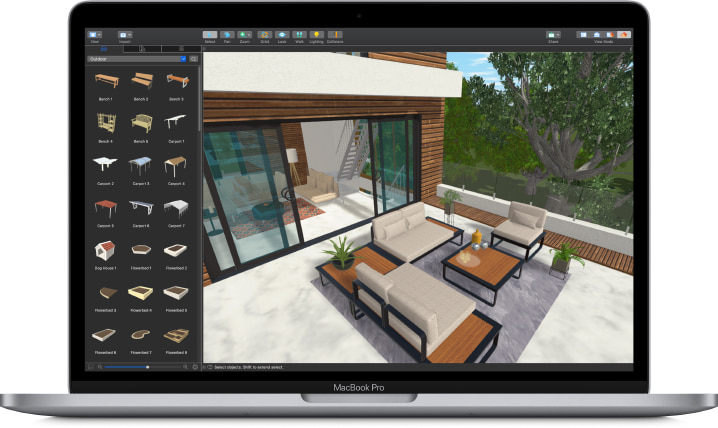G3D models have become a vital component in the creation of digital content across various industries, including gaming, architecture, virtual reality (VR), augmented reality (AR), and healthcare. These models represent three-dimensional objects, environments, or characters that are digitally constructed and rendered using specialized computer graphics software. As technology continues to evolve, G3D models are increasingly being used to enhance user experiences, offering greater realism, interactivity, and immersion.

Creating G3D models involves several stages, beginning with the design of the model’s geometry. Geometry is usually composed of polygons, which are flat, multi-sided shapes that define the structure of a three-dimensional object. These polygons are combined to form a mesh that represents the surface of the model. After the geometry is built, textures are applied to simulate the appearance of different materials, such as metal, wood, or skin. These textures help make the model appear more realistic by adding details such as color, roughness, and pattern. The final step in creating a G3D model involves adding lighting and shading effects to enhance the depth and realism of the model, allowing it to interact convincingly with its environment.
In gaming, G3D Models play a crucial role in creating the virtual worlds players interact with. From characters and creatures to entire landscapes, everything within a game is made up of 3D models. The quality of these models can significantly impact the visual appeal of the game, contributing to its overall atmosphere and player engagement. In high-end games, developers use sophisticated modeling techniques to design highly detailed and lifelike models. For example, character models may feature realistic facial expressions, clothing textures, and intricate movements, while environments are designed with elaborate landscapes, buildings, and interactive objects. Even in simpler games, G3D models are necessary to create the in-game objects and environments that players interact with, whether they are stylized or minimalistic.
G3D models also form the backbone of virtual reality (VR) and augmented reality (AR) applications. In VR, users are fully immersed in a digital environment, where they can interact with 3D models in real time. Similarly, AR overlays virtual objects onto the real world, allowing users to engage with these digital elements as they interact with their physical surroundings. Both VR and AR rely heavily on accurate, high-quality G3D models to deliver seamless and realistic experiences. The models must be responsive and lifelike to ensure smooth transitions between the real and virtual worlds.
In architecture, G3D models are used to visualize buildings and structures before construction begins. Architects create digital representations of their designs, allowing them to explore different layouts, materials, and designs in a virtual space. This ability to view a structure in three dimensions helps architects make better decisions and catch potential issues early in the design process. Clients can also interact with these models, gaining a better understanding of how the finished building will look and function.
The healthcare industry has also seen the benefits of G3D models, especially in the fields of surgery and prosthetics. Surgeons use 3D models of organs and tissues to plan and rehearse surgeries, improving accuracy and reducing the risk of errors during procedures. Furthermore, G3D models are used to design custom prosthetics tailored to the individual needs of patients, ensuring a better fit and improved functionality. In medical education, 3D models are utilized to help students understand human anatomy and practice complex procedures in a risk-free environment.
As the demand for more detailed and immersive digital experiences grows, the role of G3D models will continue to expand. With advancements in artificial intelligence, machine learning, and rendering technologies, the future of G3D modeling holds exciting possibilities, further revolutionizing industries and creating more realistic and interactive experiences for users across the globe.
